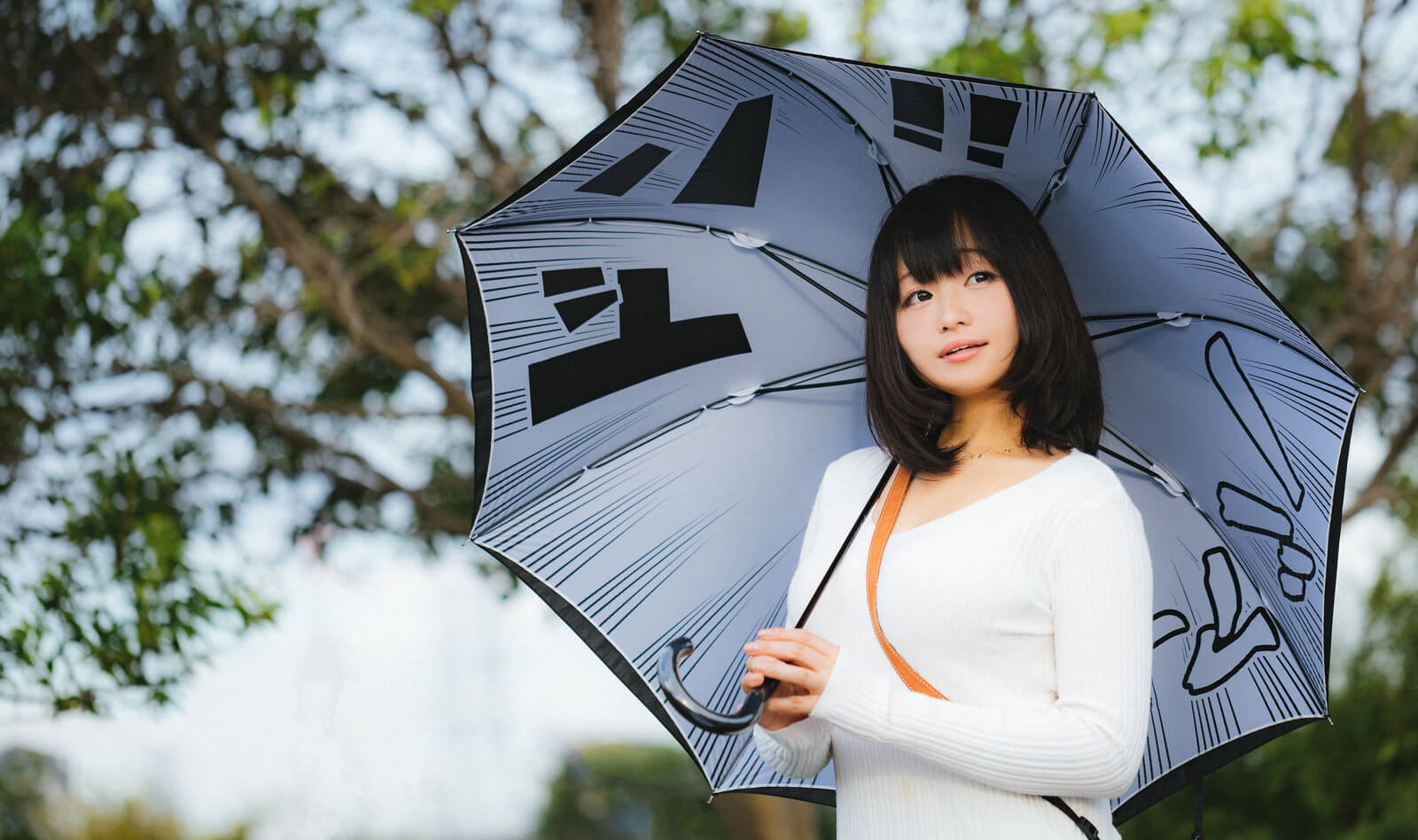Three types of Japanese onomatopoeia
Japanese onomatopoeia can be divided into three groups: 擬声語, 擬音語 and 擬態語.
- 擬声語(ぎ・せい・ご):to describe voice
- 擬音語(ぎ・おん・ご):to describe sound
- 擬態語(ぎ・たい・ご):to describe states of being

声 means ‘voice’, 音 means ‘sound’ and 態 means ‘state of being’.
擬声語
It is a word to describe voice of people or animals.
犬がわんわんほえています。
↓
A dog is barking.
擬音語
It is a word to describe sound.
雨がざあざあふっています。
↓
It is pouring.
擬態語
It is a word to describe states of being.
人をじろじろみるな。
↓
Do not stare at people.
Written both in Hiragana and Katakana
Japanese onomatopoeia can be written either in Hiragana or Katakana. For example, わんわん can be ワンワン, ざあざあ can be ザーザー and じろじろ can be ジロジロ.
Onomatopoeia with verb
Japanese onomatopoeia is often used with a verb.
みる means ‘see’ but onomatopoeia plus みる can make other verbs which are related to eyes.
- じろじろみる:stare
- ちらちらみる:glance
なく means ‘weep’ but onomatopoeia plus なく can be other verbs which are related to tears.
- ぼろぼろなく:weep with big drops of tears
- しくしくなく:weep quietly
- えんえんなく:kids cry hard to get attention
- わんわんなく:cry hard (so loud)
Repeat twice or not
Need to repeat twice
Many Japanese onomatopoeia words repeat two letters twice such as じろじろ, ぼろぼろ, しくしく, えんえん, わんわん etc.
This happens if they are used with a verb.
For example, ‘to stare’ is じろじろみる. It is wrong to say じろみる. You need to say じろっとみる if you want to use じろ once.
No need to repeat
You don’t have to repeat two letters if they are not used with a verb. See the manga below.
ゾク describes the state of fear. If you want to make a verb ‘to fear’, it has to be ゾクゾクする.
little つ or ツ at the end of onomatopoeia
See the manga below. ニヤ describes somebody who smirks. ッ at the end of ニヤ gives readers a sharp sound.

ニヤッ sounds sharper than ニヤ.
